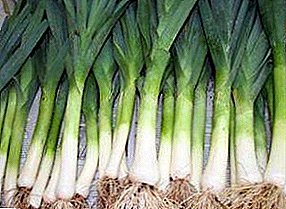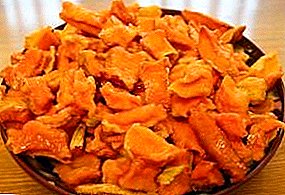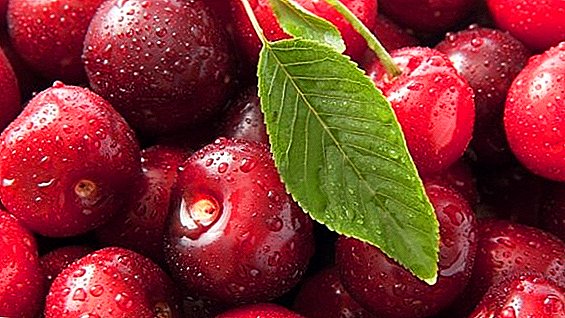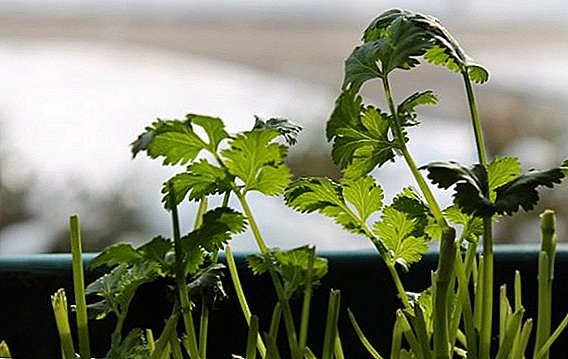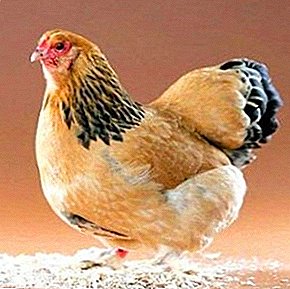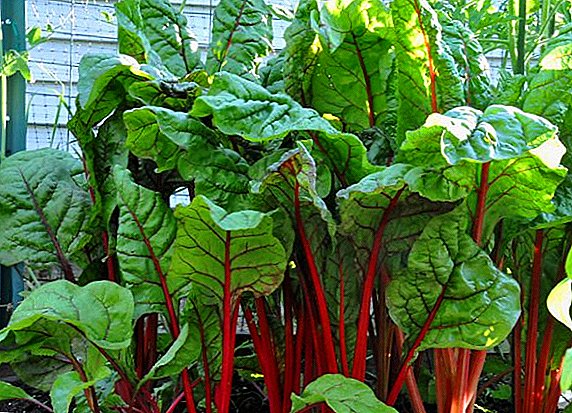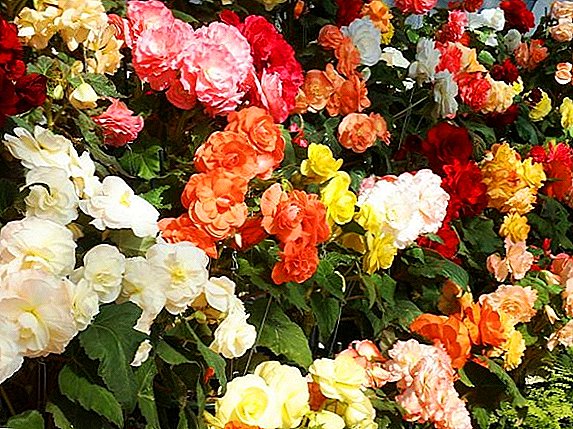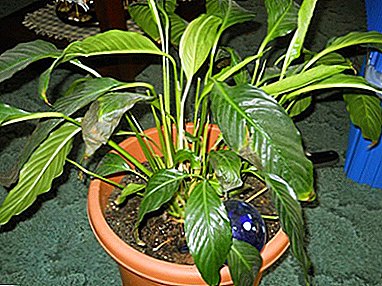
Spathiphyllum, or as it is also called, female happiness, attracts attention with the decorative features of foliage. Its leaves are famous for their large size and rich color. The flower fits into any interior.
Spathiphyllum has a positive effect on the atmosphere in the house, for a long time pleases with beautiful flowering and rarely undergoes diseases. But sometimes, under the influence of external negative factors, the plant becomes ill, which affects the appearance. One common problem is the darkening of the leaves.
What is darkening?

- Definition Darkening is a sign of a non-parasitic affliction. The reason for the appearance of a dark shade on different parts of the flower is the deterioration of the general condition of the plant. This is due to the domestic factors of caring for women's happiness.
- Appearance. Externally, black looks different. Often, there are large brown spots. There is a "dry" blackness, when the damaged parts dry up, become brittle, and the weeping blackening is a sign of rotting. On top of the affected area, fungal spores or molds are formed.
- What parts of a plant can darken? When spathiphyllum feels unwell, the flowers turn black, the cores darken, the bedspread, the tips of the inflorescences acquire an unhealthy dark shade.
Main reasons
Novice flower growers often wonder why leaves spathiphyllum darken? The main reasons are:
- Excessive humidity. Although the plant loves moisture, but do not overdo it with watering, because the stagnation of water leads to rotting of the root system. This is expressed by leaf darkening or a black rim along the edge of the inflorescence. The accumulation of fluid occurs for another reason - the absence of a drainage layer. It is important to remember changes in irrigation volumes depending on the season.
- Fungus. Fungal diseases affect the roots of spathiphyllum. They develop rapidly in moist soil and at low air temperatures. Externally, it looks like black with characteristic signs of fungal intercourse. It is possible the manifestation of brown spots.
- Hypothermia Spathiphyllum is a thermophilic plant that does not tolerate low temperatures and drafts. With slight hypothermia, the spathiphyllum regains its elasticity, but the dry dark tips remain. The effects of a supercooled flower in a wet state are detrimental.
- Low air humidity. High moisture is an important aspect for spathiphyllum. Due to the large leaves, gas exchange is carried out, a significant amount of moisture leaves, and this means that it is necessary to compensate for it with irrigation or a microclimate with high humidity.In residential conditions it is difficult to create optimal conditions, especially in the winter period. Dry air contributes to the development of disease.
- Incorrect application of mineral dressings. Lack or excess of nutrients leads to a darkening of the inflorescence. Since the soil is depleted over time, it should be updated.
Experts recommend feeding during the year. To restore the natural balance, the flower is fertilized with complex minerals. It is important to strictly follow the instructions on the package with the drug and not to overdo it with the introduction.
What threatens?
- The aesthetic appearance is deteriorating.
- High probability of decay.
- Dying off the foliage.
- Affected parts dry and crumble.
- With strong decay, female happiness can not be saved, he dies.
What to do if the plant is dark?
Leaves

- If the flower feminine happiness leaves darken, then coping with the problem will help pruning rotten roots and black foliage, as well as the need to transplant to the new earth. For the complete destruction of the disease, the plant is treated with fungicidal preparations (Triazol, Gamar, Alirin B).
- Effective folk remedy for black - soap solution. For cooking, you will need to rub 200-250 grams of soap, mix the powder with 10 liters of warm water and strain through gauze. The resulting mixture to process the plant.
- Often, female happiness suffers from a lack of nitrogen in the soil. The coffee grounds copes with this problem. Pre-dried. Then sprinkle the flower, a little close up coffee in the ground. When watering the raw material gives its nutrients and vitamins. Coffee contains about 2% nitrogen.
Leaf tips
The following measures are taken to get rid of the disease:
- Bounce back moisture and temperature.
- Use a humidifier.
- Every day, spray the foliage from a spray bottle.
- Avoid drafts.
Flowers
- If the flowers have darkened, then the spathiphyllum must be isolated from other plants. Next, the problem areas and diseased peduncles are removed. As chemical agents, treatment with the preparations "Fundazol" and "Topsin" is used. After 14-16 days after the change of soil, re-process the fungicide.
- Watering with soft water has a beneficial effect on flowers. There are several methods of water softening:
- Boil the liquid for 20-25 minutes. To do this, take water from the hot tap (the amount of lime in it is less than in the cold).
- Add 0.2 grams of oxalic acid to 1 liter of water. After that, it is defended for 3-4 days, until a white precipitate of salts appears on the bottom.
Preventing the reappearance of the disease

- Maintain optimum indoor temperature.
- Provide the necessary moisture.
- Avoid drafts and cold winds.
- Periodically conduct an external examination.
- Once a week to conduct water treatments.
- In order to avoid salinization of the soil, timely remove white deposits from the soil surface.
- Make regular transplants, once every few years.
- For irrigation, use separated water.
- Do not allow ground overflow.
- Feed supplements with nutrients.
- Drain excess water from the pan.
A common problem is the darkening of parts of the flower. Timely measures taken, able to save the plant. Proper care of the spathiphyllum and maintaining optimal conditions of detention will prevent the emergence of various ailments.


